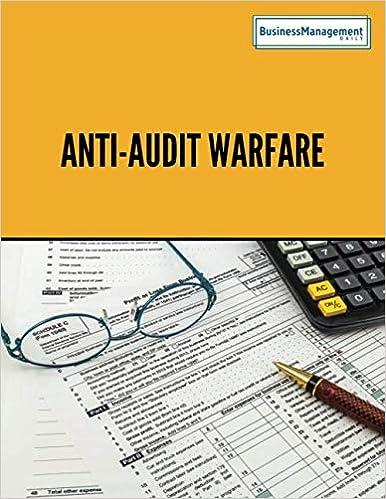Question 14 Not yet answered Points out of 1. 00 p Flag question Cracker Company sold goods for which it received total cash payments of $427,800. A 9% excise tax and a 6% sales tax were included in the total cash payments. Sales revenue recorded should be: Select one: a. 5389,298 O O b. $372,000 O C. $400,632 d. $363630 O Question 16 Not yet answered Points out of 1,00 p Flag question Superior Company had 50,000 shares of $100 par value common stock outstanding on June 30. On July 1, the board of directors declared a 10% stock dividend when the market value of each share was $108. The journal entry on July 1 will include: Select one a. A debit to Retained Earnings for $500,000 b. A credit to Stock Dividend Distributable for $540,000 c. Acredit to Paid-in capital in excess of par value $540,000 O d. A credit to Stock Dividend Distributable for $500,000 Question 17 Not yet answered Points out of 1.00 p Flag question Riverboat Company had $9,600 of supplies on hand on January 1. During the year, the company purchased $15,600 of supplies, and on December 31, determined that only $3,200 of supplies were still on hand. The adjusting entry for Riverboat Company on December 31, will include: Select one: O a. Credit Supplies Expense $22,000 O b. Debit Supplies Expense $22,000 O C. Debit Supplies Expense $9,200 O d. Debit Supplies $15,600 Question 18 Not yet answered Points out of 1.00 Flag question At January 1, Rodney Company had total assets of $1,800,000 and at December 31, its total assets were $2,200,000, Rodney's net sales were $3,700,000 and its net income was $110,000 Rodney's asset turnover ratio is: Select one: O a. 1.850 O O O b. 0.055 c.0.065 d. 0.050 Question 19 Not yet answered Points out of 1.00 Remove flag When merchandise that was sold on account is returned using the perpetual inventory system which accounts are affected in the books of the seller? Select one: a Sales returns, accounts receivable, Inventory, and cost of goods sold b. Sales returns, accounts receivable, purchases, and inventory O c cash, accounts receivable, cost of goods sold, and sales returns d. Sales returns, accounts receivable, purchases, and cost of goods sold O












